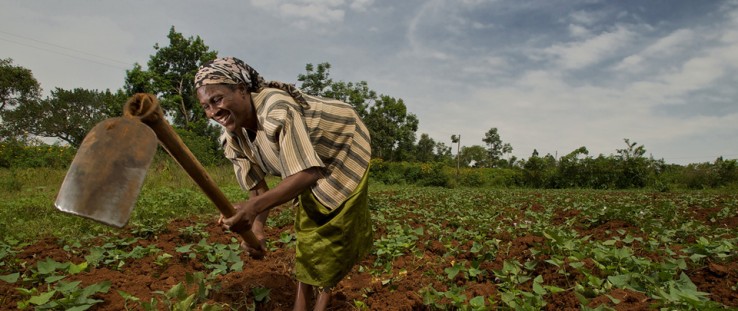 USAID helps small-scale farmers and business people in Kenya acquire the skills, technology, loans, and market connections they need to succeed.
Neil Thomas, USAID
USAID helps small-scale farmers and business people in Kenya acquire the skills, technology, loans, and market connections they need to succeed.
Neil Thomas, USAID
 USAID helps small-scale farmers and business people in Kenya acquire the skills, technology, loans, and market connections they need to succeed.
Neil Thomas, USAID
USAID helps small-scale farmers and business people in Kenya acquire the skills, technology, loans, and market connections they need to succeed.
Neil Thomas, USAID
Sweet potato packed with extra vitamin A; corn that tolerates drought; rice that grows better in African climates; smartphones that provide extension services.
Agricultural technology is a major part of the Obama Administration’s efforts to improve people’s access to sufficient, safe and nutritious food, something known as food security.
And the U.S. Government’s main vehicle to strengthen food security is called Feed the Future, an umbrella of programs that began in 2010, not long after global food prices spiked, sparking riots and causing real crises for hundreds of millions of people.
Feed the Future, and the $3.5 billion dollars President Obama pledged towards it, represent the common belief that any serious attempt to fight hunger and end poverty requires a renewed focus on agriculture.







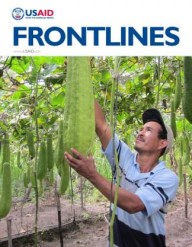

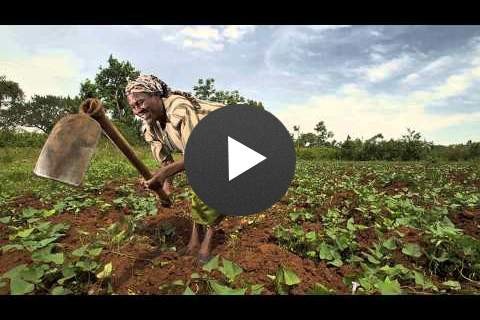
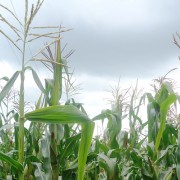
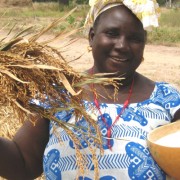

Comment
Make a general inquiry or suggest an improvement.